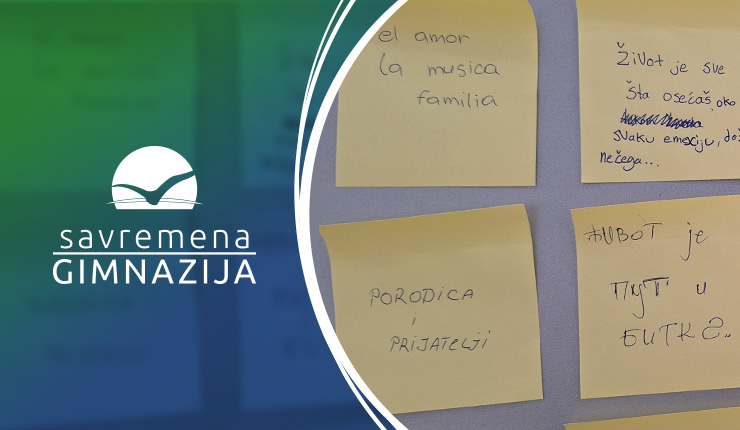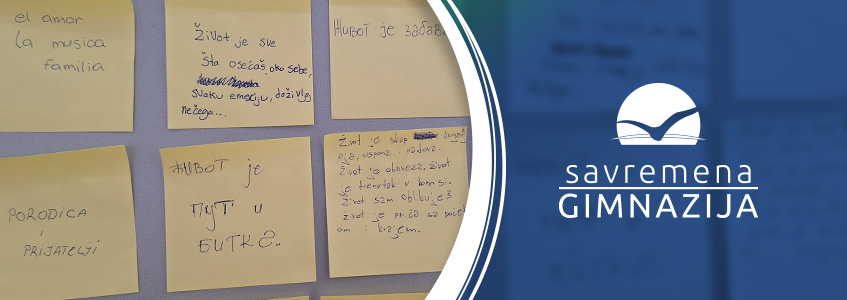
If we spend, on average, one-third of our lives asleep, does this mean that we live while dreaming, or do we dream while living? Today, second-grade students of the Savremena Gimnazija (classes II-1 and II-4) analyzed the dramatic text "Life is a Dream", a representative work of Spanish Baroque literature by the Spanish playwright and poet Pedro Calderón de la Barca.
Interdisciplinary Class: A Fusion of Serbian and Spanish Language
In an interdisciplinary class combining Serbian and Spanish language studies, led by professors Zvezdana Kovačević and Milica Ivanović, students engaged in discussions about the concept of dreams as a vision of the transcendent within reality and humanity's intrinsic need to define life. Students had the opportunity to revise the translation of the most famous quote from the play and its consistency, as well as to explore the fate of the main character in the drama, discerning the changes that occur through dreams within a human being. Through brief excerpts, they examined the question of free will, which has the power to alter the wheel of fate, transforming the illusion of daydreaming into a vision of dreaming that can create a life path as a personal choice.
Spanish Baroque and the Golden Age
Following a brief overview of the historical context of Spain's Golden Age (Siglo de Oro), the main characteristics of Spanish Baroque, and its representatives, students were assigned the task of providing their own definition of life, inspired by the main character Sigismund, who does so in the following manner:
Šta je život? Mahnitanje.
Šta je život? Puste sanje,
prazna sena što nas lovi.
O, malen je dar nam dan,
jer sav život – to je san,
a san su i sami snovi.


















